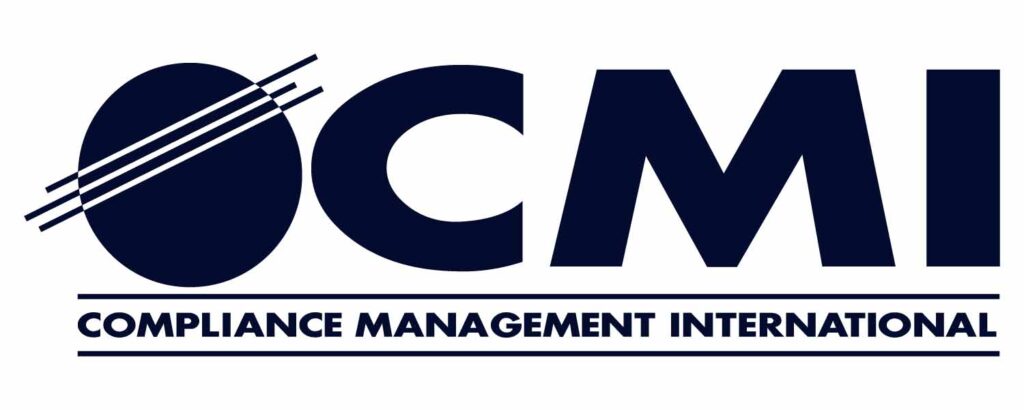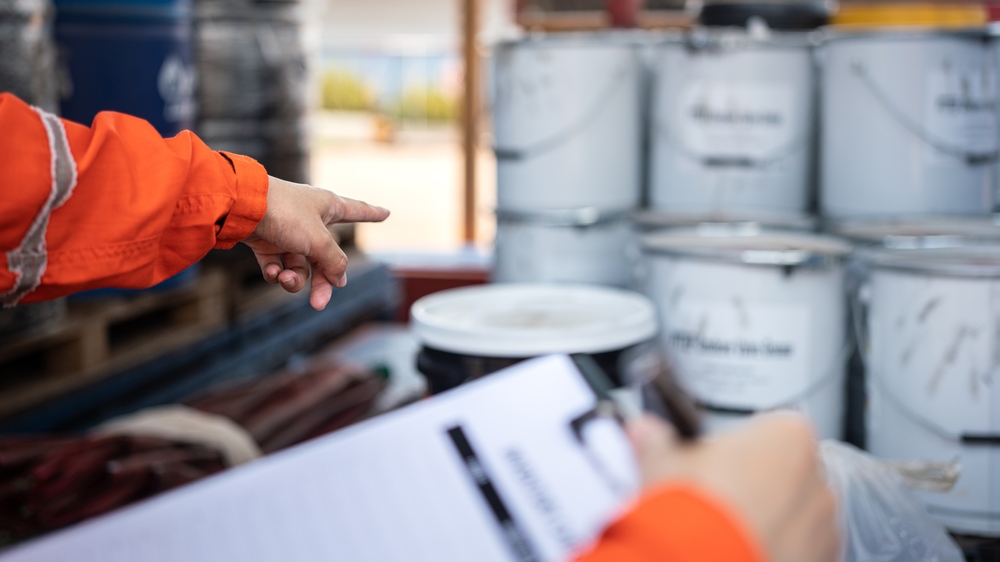
OSHA released its plan to finalize a Heat Stress standard on July 2, 2024. PPE is one factor to consider when it comes to protecting employees from the effects of heat. With the standard, employers will need to conduct PPE hazard assessments specific to the risk of heat stress to ensure the correct PPE is being issued when needed.
The good news is that PPE manufacturers are focused on finding ways to help combat heat stress. From hard hats to work clothes, new products are available to help manage heat stress and still provide the protection employees need from job hazards.
Hard hats and safety helmets are designed to protect employees from impacts. The standard design holds heat close to the body leading to the potential for heat stress. To help protect workers, hard hats can now be accessorized depending on the task.
- Sun shades, visor attachments, and hard hat cooling products are especially useful while doing physically demanding work outside.
- Wide-brimmed hats or caps with neck flaps provide shade and help protect the face and neck from the sun. These comes in solid, high visibility colors but are also available with reflective striping.
- Cooling towels, headbands and hats made from absorbent and quick-drying materials can provide instant cooling when working in warm weather.
- There are even battery powered fan systems that mounts to hard hats!
- When conducting a PPE Hazard Assessment it’s important to not only consider the typical hazards, but you must also consider the impact of wearing PPE in hot weather. Body protection such as evaporative cooling vests are designed with special materials that absorb and hold water to keep workers cool in hot environments. They work by using evaporation to help cool the body to provide relief in scorching temperatures and protection against heat-related illnesses, like exhaustion or heatstroke.
- Insert-cooled vests have pockets that hold cold packs to keep workers cool. Inserts are charged in a freezer or cooler before use. They cool the body to the same temperature regardless of ambient temperature, so they’re often worn in extreme heat, as evaporative vests cool the body based on ambient air temperature.
- Both styles of cooling vests have effective fire resistance (FR) ratings and can be purchased in high-visibility colors or with reflective safety stripes, depending on the need.
The first step when considering a change in PPE is to conduct a hazard assessment as required by OSHA (29 CFR 1910.132). Understanding the employee’s tasks and environment will help make the right decision on issuing PPE.
CMI has a team of Health & Safety Professionals ready to assist with PPE Hazard Assessment and Heat Stress compliance. Please contact our team today!
Written by: Rachel Lawrence



